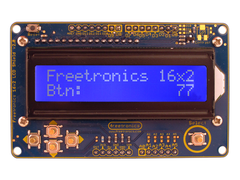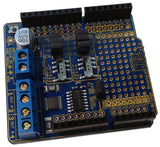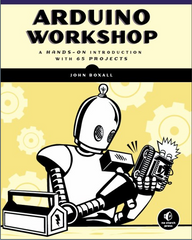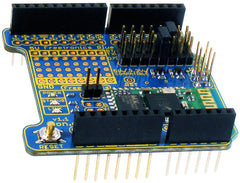After spending time with his son using "Hot Wheels" toy cars and their racing tracks, Ted Meyer came up with a neat way to determine the winning car using an Arduino and some simple circuitry.
By placing infra-red phototransisor pairs under the point of the finishing line for the pair of tracks, an Arduino can easily detect when they're bridged and thus which car went past first. The winning car is indicated by an LED, as shown in the following video demonstration:
You could also use this type of system to build a lap-counter for slot cars or other model applications with a little effort. However for more information on this project visit the Instructable page. And for more, we're on facebook, Google+, and twitter - so follow us for news and product updates as well.
If you're looking for an Arduino Uno-compatible board to embed into various projects, choose what tens of thousands of others have done and use our Freetronics Eleven - the Arduino-Uno compatible with low-profile USB socket, onboard prototyping space and easy to view LEDs:























